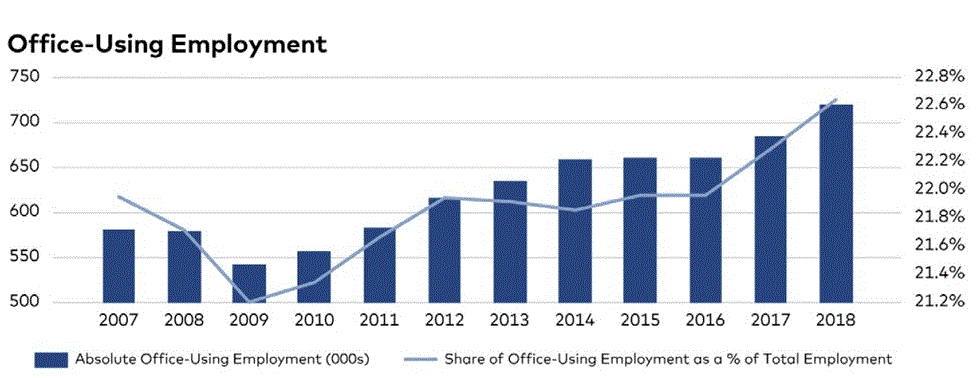Rent prices in Houston are growing the slowest among major Texas cities, according to new data. At midyear, the average rent in Greater Houston climbed just 0.7% year-over-year to $1,045, according to ApartmentData.com. That compares to an increase of 2.4% in Dallas/Fort Worth, 3.3% in San Antonio and 3.4% in Austin. Bruce McClenny with ApartmentData.com said it still goes back to Harvey, which pushed up rents across Houston and ended an apartment glut. “So developers and investors said, wow, maybe it’s time to go back to Houston,” McClenny said. “And it was probably a little earlier than they should have come back because it was not normal market conditions that got their attention.” Click to read more at www.houstonpublicmedia.org.








